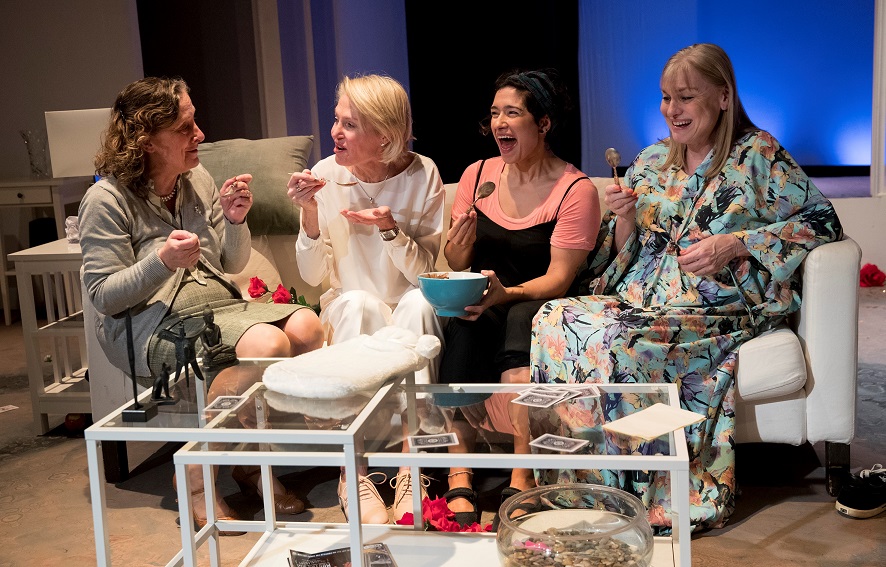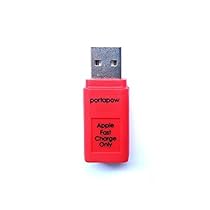Ken Kroeger, Executive Chairman of Seeing Machines gave a virtuoso presentation on the origins, accomplishments and future of this Canberra startup at an Australian Computer Society meeting last night. Seeing machines makes head and eye tracking technology to check drivers of vehicles and pilots of aircraft are paying sufficient attention.
Seeing Machines was spun off ANU research in 1999, around the same time I join the Computer Science faculty. I saw vehicles with weird cameras attached around the university and this was part of research into driver aids. Occasionally I have been an experimental subject having my eye gaze tracked. But from then, until now, I did not know the depth and breadth of what Seeing Machines has attempted and accomplished.
Ken demonstrated Seeing Machines technology using a volunteer from the audience. He also described the ways the company attempted to commercialize the technology, with several "pivots" where they changed direction. Curiously, one large market for Seeing Machines is autonomous vehicles. There are now cars being offered which can drive themselves, but only in very limited conditions. The driver has to be paying attention to be able to take over when the automated system can't. The Seeing Machines system helps with this by making sure the driver is looking at the road and the vehicle instruments and is not reading a book, or asleep.
In retrospect a successful hi-tech product can sound very simple: put a couple of cameras in a box with a small computer and bolt it to the dashboard of a vehicle. But Ken took us through some of the complications of sun glinting off the driver's spectacles to mining companies which jump start start trucks with an electric welder and clean the cab with a high pressure hose, thus destroying the electronics.
One of the remarkable things about Seeing Machines is that after a decade they are still in business, another is that they are now an "overnight" success. Perhaps most remarkably, while their industrial partners are in the USA, manufacturing in Asia and financing in the UK, the research and development is still based in Canberra, a short distance from the Australian National University campus.
Seeing Machines was spun off ANU research in 1999, around the same time I join the Computer Science faculty. I saw vehicles with weird cameras attached around the university and this was part of research into driver aids. Occasionally I have been an experimental subject having my eye gaze tracked. But from then, until now, I did not know the depth and breadth of what Seeing Machines has attempted and accomplished.
Ken demonstrated Seeing Machines technology using a volunteer from the audience. He also described the ways the company attempted to commercialize the technology, with several "pivots" where they changed direction. Curiously, one large market for Seeing Machines is autonomous vehicles. There are now cars being offered which can drive themselves, but only in very limited conditions. The driver has to be paying attention to be able to take over when the automated system can't. The Seeing Machines system helps with this by making sure the driver is looking at the road and the vehicle instruments and is not reading a book, or asleep.
In retrospect a successful hi-tech product can sound very simple: put a couple of cameras in a box with a small computer and bolt it to the dashboard of a vehicle. But Ken took us through some of the complications of sun glinting off the driver's spectacles to mining companies which jump start start trucks with an electric welder and clean the cab with a high pressure hose, thus destroying the electronics.
One of the remarkable things about Seeing Machines is that after a decade they are still in business, another is that they are now an "overnight" success. Perhaps most remarkably, while their industrial partners are in the USA, manufacturing in Asia and financing in the UK, the research and development is still based in Canberra, a short distance from the Australian National University campus.







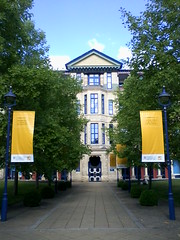
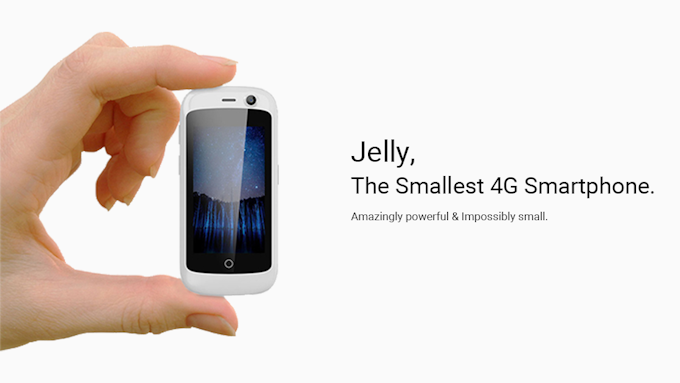



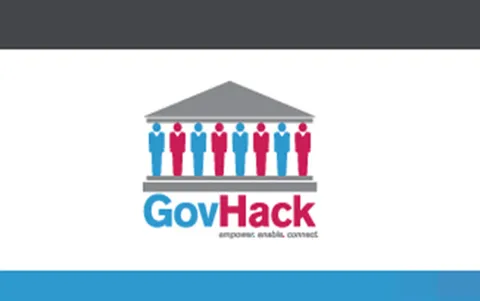


 The
The 

